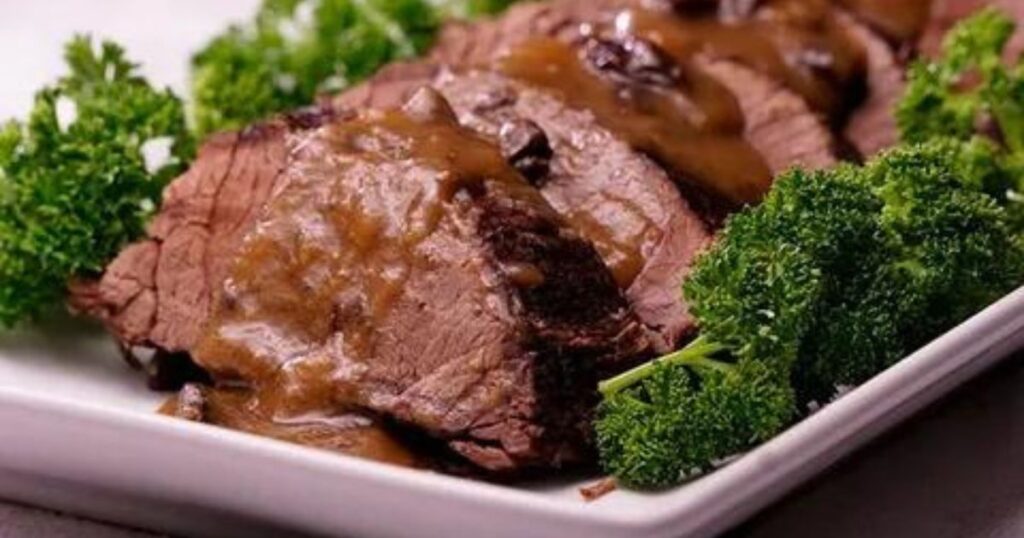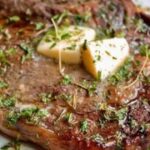Cooking bear meat involves seasoning the meat with herbs and spices, then grilling, roasting, or stewing it until fully cooked. Ensure it reaches an internal temperature of 160°F (71°C) to kill any parasites. Remember to handle bear meat safely to avoid any health risks.
How to cook bear meat? Discover the secrets to preparing this unique protein source with Quri, your go-to guide for delicious and easy recipes.
Cooking bear meat requires thorough preparation due to its strong flavour and toughness. Start by marinating the meat in acidic ingredients like vinegar or citrus juice to tenderise it. Then, slow-cook the meat over low heat to ensure it becomes tender and safe to eat. Avoid overcooking to prevent toughness. Always ensure the meat is fully cooked before serving to avoid any risks associated with consuming undercooked wild game. Enjoy your bear-meat with your favourite seasoning and sides.
Selecting the Meat

Selecting the right bear meat is paramount to the success of your culinary endeavours. If you’ve hunted the bear yourself, ensure proper field dressing and handling to preserve the meat’s quality. This involves promptly gutting the animal, removing the organs, and cooling the carcass as soon as possible to prevent spoilage. Proper cooling is crucial, as it inhibits bacterial growth and preserves the meat’s freshness. Additionally, if purchasing bear meat, seek out reputable sources known for their commitment to quality and safety standards.
Whether sourced from a trusted butcher or a reliable supplier, always inspect the meat for signs of freshness, such as a vibrant colour and a clean, odour-free scent. By starting with high-quality bear meat, you set the foundation for a delicious and memorable dining experience.
Preparation and Safety
Preparation and safety are paramount when handling bear-meat due to the potential risks associated with consuming wild game. Proper field dressing and immediate cooling of the meat after harvest are essential steps to prevent spoilage and maintain freshness. Additionally, thorough cooking is crucial to eliminate any potential pathogens or parasites, such as trichinella, that may be present in the meat.
Freezing bear meat at sufficiently low temperatures for a designated period can also help mitigate these risks. Furthermore, strict hygiene practices should be observed throughout the preparation process, including the cleaning and sanitization of utensils, surfaces, and hands to prevent cross-contamination with other foods and pathogens. By adhering to these safety measures, cooks can confidently enjoy the unique flavours of bear meat while minimising health risks.
Cooking Methods
Cooking bea r meat requires careful consideration of methods to ensure both safety and optimal flavour. Slow cooking methods such as braising or stewing are particularly effective in breaking down the meat’s tough fibres and allowing flavours to meld together. By simmering bear meat slowly in a flavorful broth or sauce, you can achieve tender, succulent results that are perfect for comforting stews or hearty braised dishes.
Alternatively, grilling bear-meat over an open flame adds a smoky dimension to its flavour profile while creating a caramelised exterior. Marinating the meat beforehand not only infuses it with additional flavour but also helps retain moisture during the grilling process. Whether you prefer a simple seasoning of salt and pepper or a more complex marinade with herbs and spices, grilling bear meat offers a versatile and delicious cooking method that is sure to impress. Just be sure to cook the meat to at least medium doneness to ensure thorough cooking and safety.
Seasoning and Flavoring
Seasoning and flavouring play a crucial role in enhancing the taste of bear-meat and transforming it into a delectable dish. With its inherently rich and gamey flavour, bear meat pairs exceptionally well with a variety of herbs, spices, and marinades. Robust herbs like rosemary and thyme complement the meat’s earthy undertones, while aromatic spices such as garlic, juniper berries, and black pepper add depth and complexity. Additionally, incorporating citrus zest or acidic marinades can help cut through the meat’s richness, providing a refreshing contrast.
Sweet elements like honey or maple syrup can further elevate the flavour profile, balancing out the savoury notes and creating a harmonious blend of tastes. Experimentation with different seasoning combinations allows for endless culinary creativity, enabling cooks to tailor the flavour profile to their preferences and create truly memorable dishes that showcase the unique character of bear meat.
Experimentation and Adaptation
Experimentation and adaptation are key components of mastering the art of cooking bear-meat. While traditional recipes provide a solid foundation, don’t hesitate to infuse your creativity and personal flair into your culinary endeavours. Consider incorporating regional ingredients or fusion cooking techniques to add an unexpected twist to your bear meat dishes. Whether you’re blending flavours from different cuisines or exploring innovative cooking methods, each experiment offers an opportunity for culinary growth and discovery.
Embrace the process of adaptation, allowing your taste preferences and cooking style to guide you toward creating truly unique and memorable bear-meat creations. By daring to explore beyond the conventional, you’ll unlock a world of culinary possibilities that elevate the experience of cooking bear meat to new heights.
Faqs
Can you eat bear-meat raw?
Consuming raw bear meat is not recommended due to the risk of parasites and bacteria. It should always be thoroughly cooked.
How should I store bear meat?
Store bear meat in a refrigerator at temperatures below 40°F (4°C) or freeze it at 0°F (-18°C) to maintain freshness and safety.
What does bear meat taste like?
Bear meat has a rich, gamey flavour with notes of sweetness. It can vary depending on the bear’s diet and preparation method.
Is bear meat healthy?
Bear meat is lean and high in protein, making it a nutritious choice. However, it should be consumed in moderation due to its high cholesterol content.
Can I substitute bear meat in recipes that call for other meats?
Yes, bear meat can be substituted in recipes that call for other game meats or lean meats such as beef or pork. Adjust cooking times and seasoning according to personal taste preferences.
Conclusion
In conclusion, cooking bear meat is a culinary adventure that requires care, attention, and respect for both the meat and the process. From selecting high-quality meat to experimenting with different cooking methods and flavours, mastering the art of cooking bear meat offers a unique and rewarding experience for adventurous cooks.
By following safety precautions, embracing experimentation, and adapting traditional techniques to suit your taste preferences, you can create delicious dishes that showcase the rich, gamey flavour of bear meat. Whether you’re slow-cooking a hearty stew, grilling over an open flame, or roasting in the oven, each dish represents a journey of discovery and culinary creativity. So, dare to explore the possibilities, savour the flavours, and enjoy the rewarding experience of cooking and savouring bear meat.
click on this link to get more information “How To Cook Ribeye Steak In An Air Fryer?”


